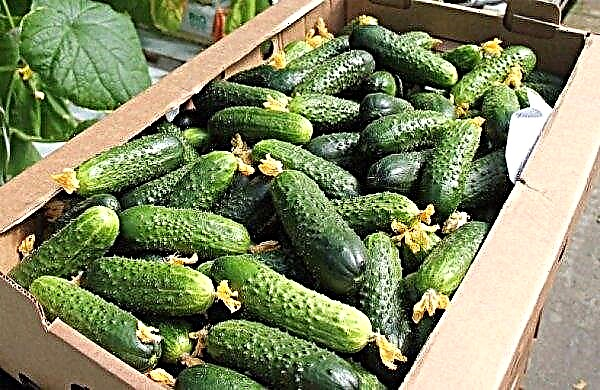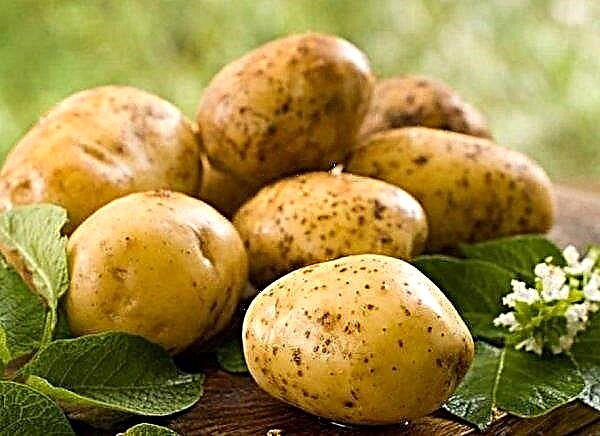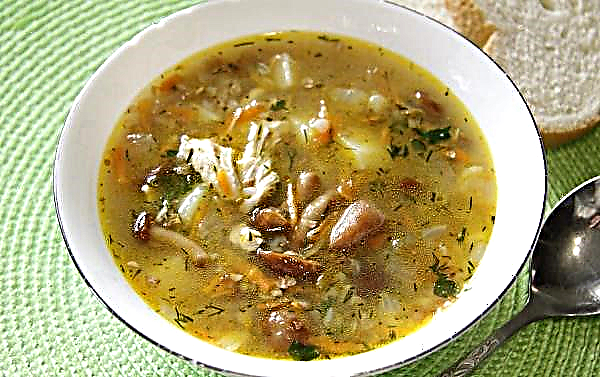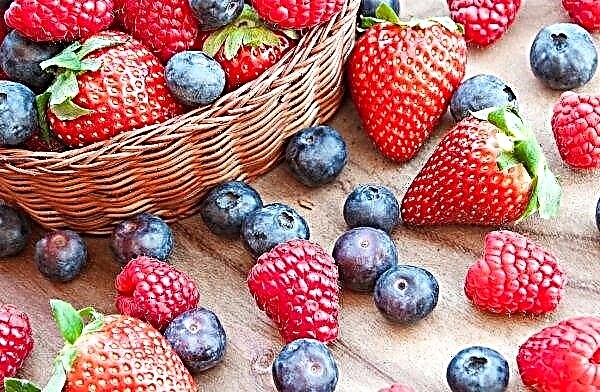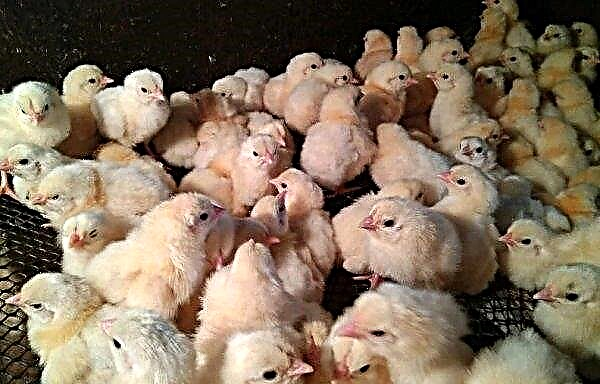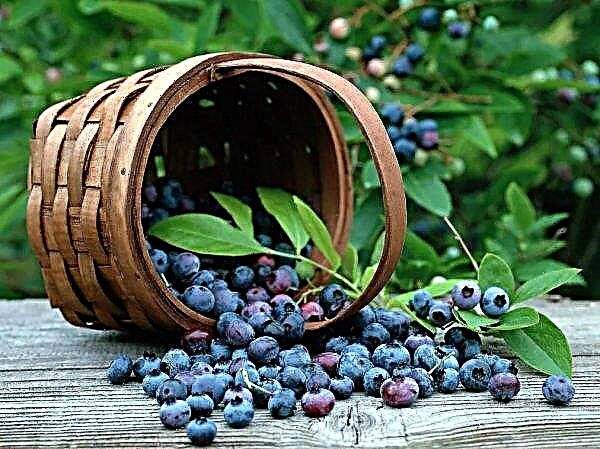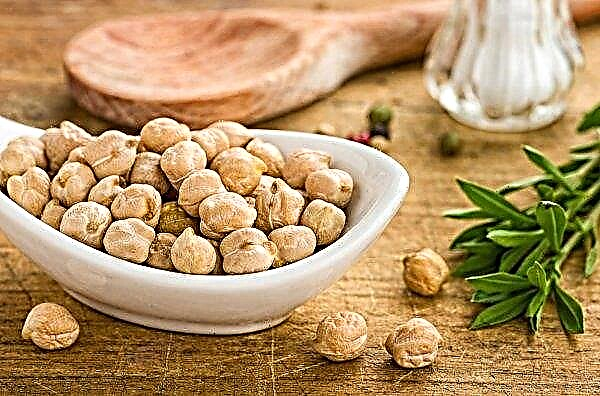Many gardeners sow beets in the fall, but not all wait for an early harvest, as they often make mistakes with the timing of autumn crops or they are let down by capricious weather. Consider what winter gardeners give the gardener how to plant beets and how to care for them, which ones to choose for this variety.
Benefits of sowing beets for the winter
- In the winter crops of this vegetable there are many advantages:
- natural hardening of seeds occurs without your participation, and they are less likely to get sick;
- seedlings become more resistant to spring temperature drops;
- faster harvesting;
- there is no need for seed treatment - they are sown directly into the soil without preparation;
- saving time in the spring, since in the autumn there is less work on the beds;
- no need to wait in the spring for a good time for early sowing.
Important! If in your places there are often thaws with the return of frost, then under such conditions, shoots of winter crops die, and you harvesthardly get. In this case, it is better not to plant beets in the winter, but you can sow in early spring.
What varieties of beets are suitable for planting in the winter
Winter crops are produced for early harvest. Beets grown in such crops are consumed during the summer period. For autumn planting, early varieties resistant to cold and the formation of arrows will be preferable.
Here are some of them:
- "Winter A-474." An early variety with oval-rounded forms of root crops of maroon color, weighing 200-300 g. It has good taste and keeping quality.
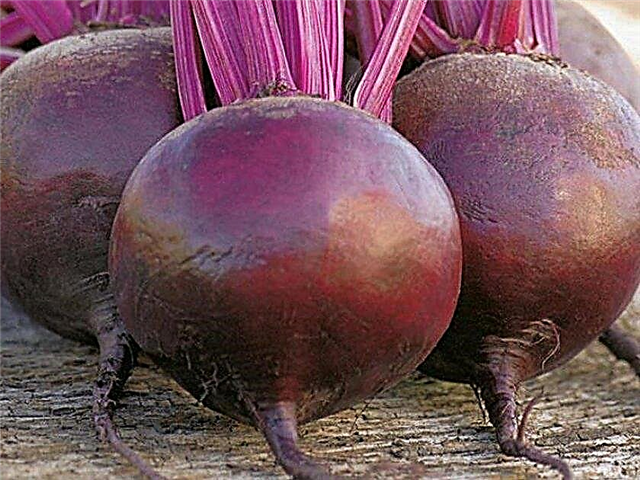
- "Red ball." Early ripe cold-resistant beets with a mass of rounded fruits 250-300 g. It has a juicy dark red sweetish flesh.
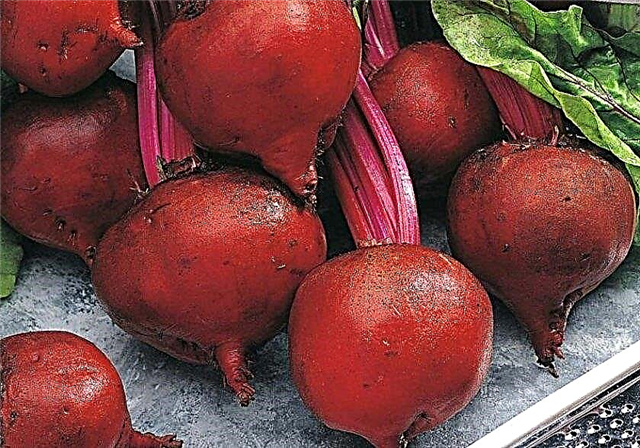
- "Incomparable A-463". Mid-season variety, resistant to certain diseases and not prone to shootings, low. The pulp has a dark red color and high palatability.
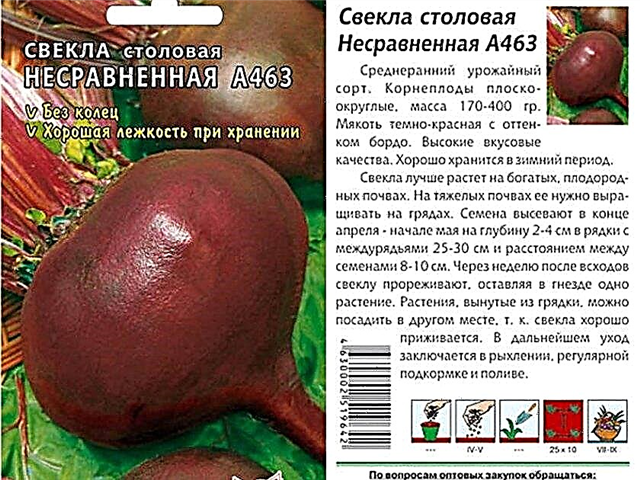
- "Pablo F1." A high-yielding variety of Dutch selection, which has small (120–180 g) root crops of saturated red color, without a hint of rings, are delicious. This mid-early hybrid is resistant to colds and certain diseases.
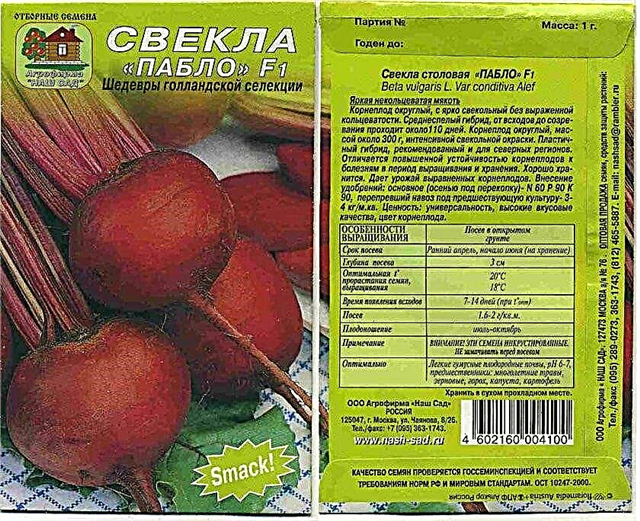
- Pronto. Dutch variety of medium ripening with round, tasty small-sized fruits (about 150 g). Harvested, well kept.
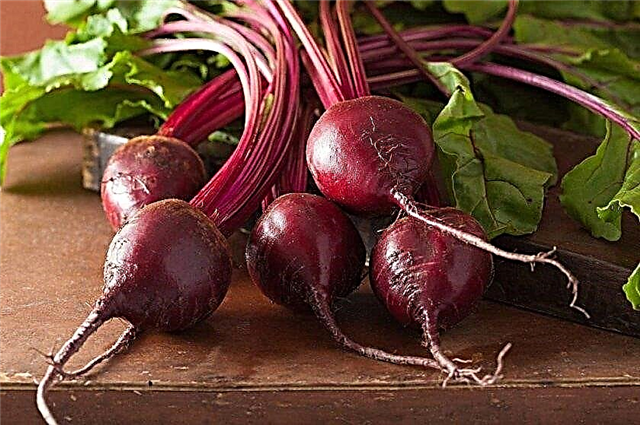
- "Egyptian flat." A well-known mid-season variety with short tops and good taste. Rounded fruits are flattened, burgundy in color, grow with a mass of 300-550 g.
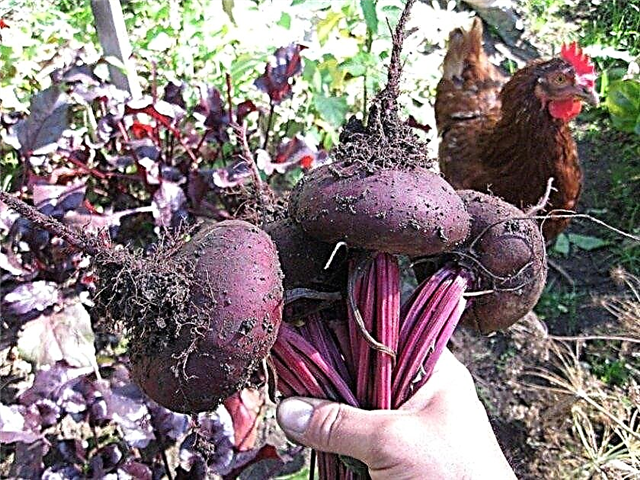
- "Bordeaux 237". Mid-early variety of excellent taste, not prone to flowering, with a flesh of burgundy color. The color of root crops is dark purple, and the mass is 250–480 g.
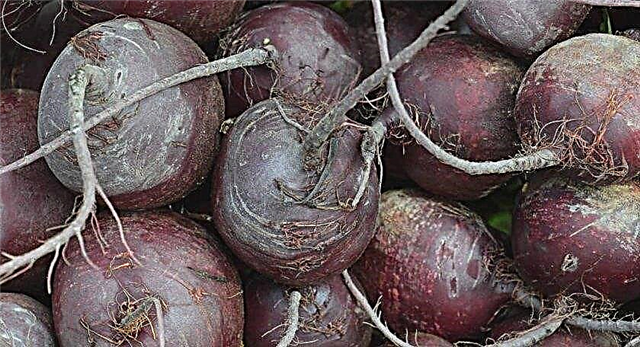
- The Northern Ball. Early cold-resistant variety, resistant to flowering, low. The mass of root crops is 150-350 g.
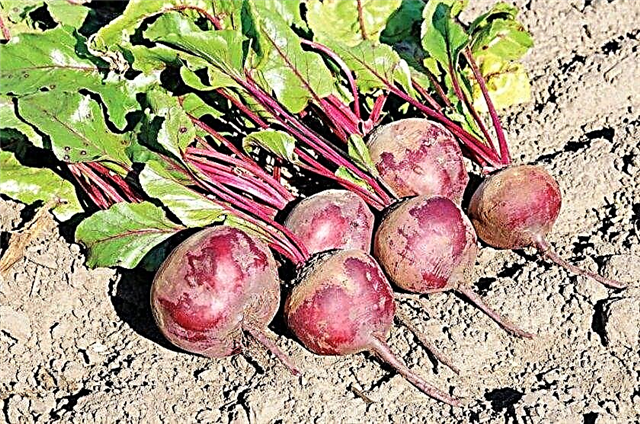
How to plant beets in the winter
When winter landing is important, it is important to choose its timing and place. It should also be borne in mind that you will receive products only for summer consumption or for sale. Therefore, one should not take too many beds for planting for the winter, since such beets will not have good keeping quality.
Did you know? In Russia, beets were imported from Byzantium in the X century. From the XVI century there were references to borsch (beetroot soup), which is still popular today.
The timing
Typically, winter crops are done in October-November, when cold weather sets in and the earth cools down to + 2 ... + 4 ° С. The air temperature at this time is at the level of –2 ... + 3 ° С. For the southern regions, such weather may occur in December, it all depends on the duration of the warm autumn.
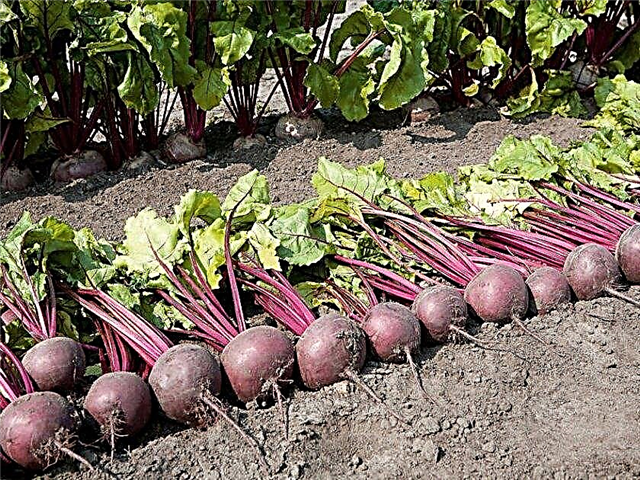
It is important to choose a time when the probability of heat return will pass, otherwise the seeds may germinate ahead of time and then die in cold weather. Therefore, it is recommended that the sowing date be reconciled with the weather forecasts for the region.
Seat selection and crop rotation
A plot of land for the winter sowing of beets should be selected on an elevated and well-lit place, which will warm up more quickly by spring. If you sow root crops in the lowlands, then in the spring they can be flooded, which will lead to seedlings death. Groundwater should be no closer than 60 cm to ground level.
Light beet, humus-rich, neutral soils are best suited.
It is optimal to use the beds after cucumbers, onions, zucchini and squash, legumes or solanaceous crops. It is not recommended to plant the crop in the same place or after spinach, carrots, cabbage, rape or chard. Repeated crops of beets are done only after 3-4 years. This root crop grows well on the edges of the beds in the vicinity of cauliflower or kohlrabi, carrots, onions, celery and cucumbers.Important! The land for sowing beets should in no case be acidic. On such soils, the tops will be small and red, and the root crops will grow small and not tasty.
Site preparation
Landing should be prepared ahead of time. First, all weeds and plant debris are removed. Then digging is done on the bayonet of a shovel, while compost or rotted manure is introduced into the soil, about 4-6 kg per 1 sq. m, as well as 60 g of potassium sulfate and 50 g of superphosphate. Then the landing area is leveled using a rake. The acidic soil is lime.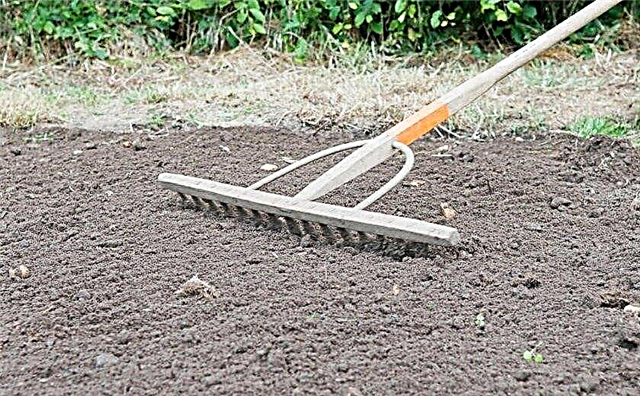
Sowing
Take the largest seeds in an amount of about a third more than the normal consumption rate. It should be noted that the seeds are not soaked, but only briefly placed in a solution of potassium permanganate for disinfection, and then washed and dried.
Ridges for landing do in the direction of the south. The depth of the furrows for sowing should be about 4 cm (deeper than during spring planting), and the recommended distance between them is 25-30 cm. When sowing, the following norms are taken into account - 1.5 g of seeds per 1 running meter. The seeds themselves are placed in the grooves with an interval of 3-4 cm, then they are covered with soil and mulch (peat or humus) to a height of 1.5–2 cm.
Further care
Sown beds are recommended to be protected from frost, and after removing the shelters they are looked after, as when planting in the spring. It is necessary to thin out, fertilize, regularly water and loosen the soil, remove weeds.
Shelter for the winter
When sowing beets for the winter, it is very important to prevent seed germination in the winter, when there will be a brief warming, as well as freezing out in severe frosts. So that the seeds do not freeze, it is recommended that in winter cover areas with plantings of fallen leaves, needles, sawdust. In winter, when snow falls, the site can be thrown with snow: under it, the seeds will be protected from thaws and frost.
If the seeds can survive the winter, the beets will delight the early seedlings and the earliest harvest.
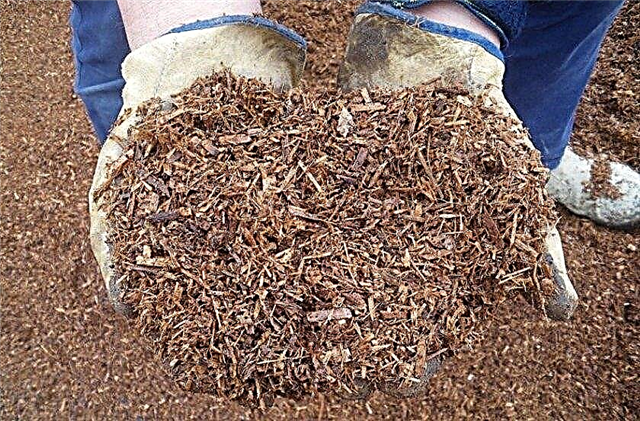
In the spring, when snow will fall and severe frosts will not be predicted, the beet planting area is cleaned of covering material (leaves, needles, sawdust). Then the soil is slightly loosened, nitrogen-containing fertilizers are applied and the area is covered with a plastic film.
This procedure will protect against cold during the night and will contribute to the earlier germination of seedlings. When the first sprouts appear, the film is removed.
Thinning crops
As they grow, the plants will only interfere with each other's development, and the fruits will grow small. Therefore, when growing beets, it is important to thin out the beds. Such a process must be carried out after heavy watering or rain.
Did you know? Beet tops will serve as an excellent source of vitamins in the spring: it contains a lot of antioxidants, iodine, and contributes to weight loss. She is put in salads, okroshka, made with Botvini and stuffing for pies. Before use, tops are recommended to be doused with boiling water so as not to be bitter.
For this root crop, several thinning should be carried out:
- For the first time, the procedure is performed when 2–4 true leaves appear on seedlings when they reach a height of about 7 cm. Weak instances that grow close to each other are removed. The distance between seedlings should be about 5 cm. Excess shoots can not be thrown away, but transplanted to another site.
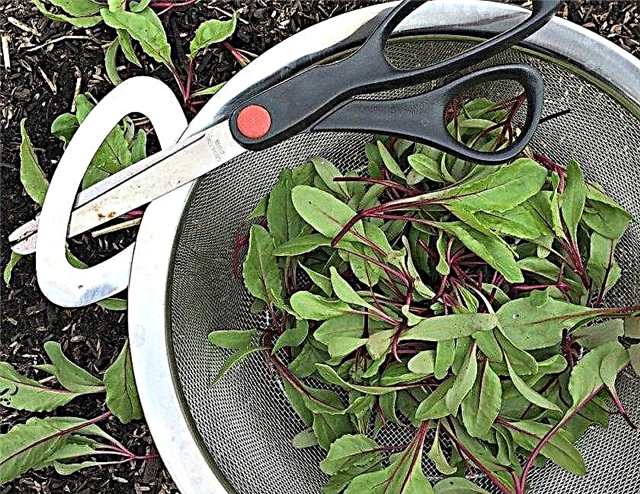
- The second time to thin out should be at the stage of formation of the initial head. An interval of 8–10 cm is maintained between plant crops (for large varieties, 15–20 cm). Weakly developed and thickened specimens are removed. Remote young root crops can be used as a food product.
Watering
After the first thinning, beets should be watered abundantly. Then watering is carried out approximately once every 7 days. This vegetable is very fond of moisture, so in dry weather it needs to be watered in large quantities.
Watering should also be done on tops, so that the leaves receive moisture. During the rainy season it is stopped. The recommended flow rate for the procedure is 11-15 liters per 1 sq. Km. m plot.
You need to increase the regularity and volume of watering as the beets grow. The lack of moisture will lead to the fact that the root crop will be small in size and its taste will not be very good. Watering this crop is stopped 7-14 days before excavation.
Fertilizer application
To get a good beet crop, it is necessary to feed it. The first dressing should be carried out immediately after the first thinning. For this, herbal infusions are often used.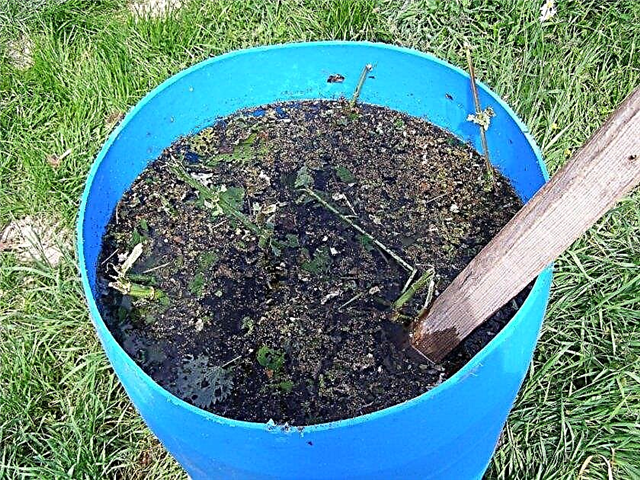
To make the beets sweet, a month before harvesting (usually this time corresponds to the second thinning), it should be poured with a solution of salt. Such a solution is prepared based on the proportion of 1 tablespoon per 10 liters of water. For this purpose, you can use a solution of sodium nitrate.
It is also necessary to carry out top dressing with boron content. To do this, use the Mag-Bor mineral fertilizer complex (1 tbsp.spoon per 10 l of liquid) or boric acid (0.5 teaspoon per 10 l of liquid). Watering is carried out at such a rate - 10 liters per 1 square. m plot.
Important! Lack of boron in beets leads to the fact that the core becomes hollow or darkens.
Gardeners recommend feeding beets as follows:
- First feeding passes using organic fertilizers. To do this, prepare a solution of manure or chicken droppings - take 1 kg per 1 bucket of liquid and insist for about 5 days, and then dilute 1 liter of the resulting mixture in another bucket with water. The beds are watered with such a solution, and then regular watering is carried out to rinse the leaves. You can use a solution of wood ash - 1 glass of ash is stirred in a bucket of liquid.
- Second feeding do after 12-14 days with the use of phosphorus-potassium mineral fertilizers.
- Third time make top dressing during the second thinning period. For this, phosphorus-potassium fertilizers are also used.
Loosening the land, eliminating weeds
Immediately after the emergence of the sprouts, it is necessary to open the area with planting beets in order to ensure the supply of oxygen to the roots. If this is not done, the crop may become ill. The process of cultivation is recommended to be carried out after watering or rain.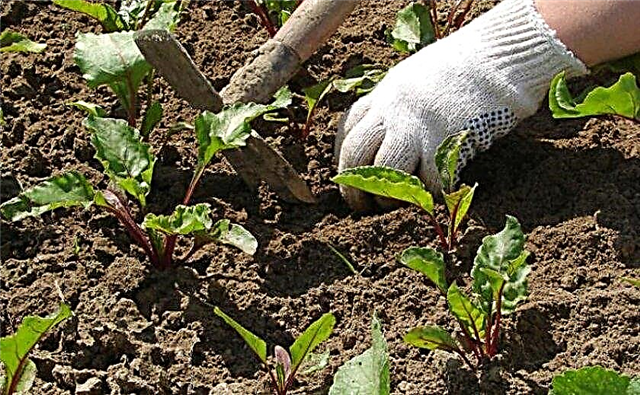
During this, it is necessary to simultaneously remove weed grass, which draws moisture and nutrients from the soil, which greatly interferes with beet sprouts to develop well. Weed removal and cultivation are also recommended during the first and second thinning.
Did you know? The first beet roots were grown by the Greeks in the 4th century BC, and its leafy forms were grown even earlier.
By sowing beets in the fall, you can harvest its early harvest. To do this, it is important to choose the right site for the bed and the sowing time, as well as protect the seedlings from frost.










